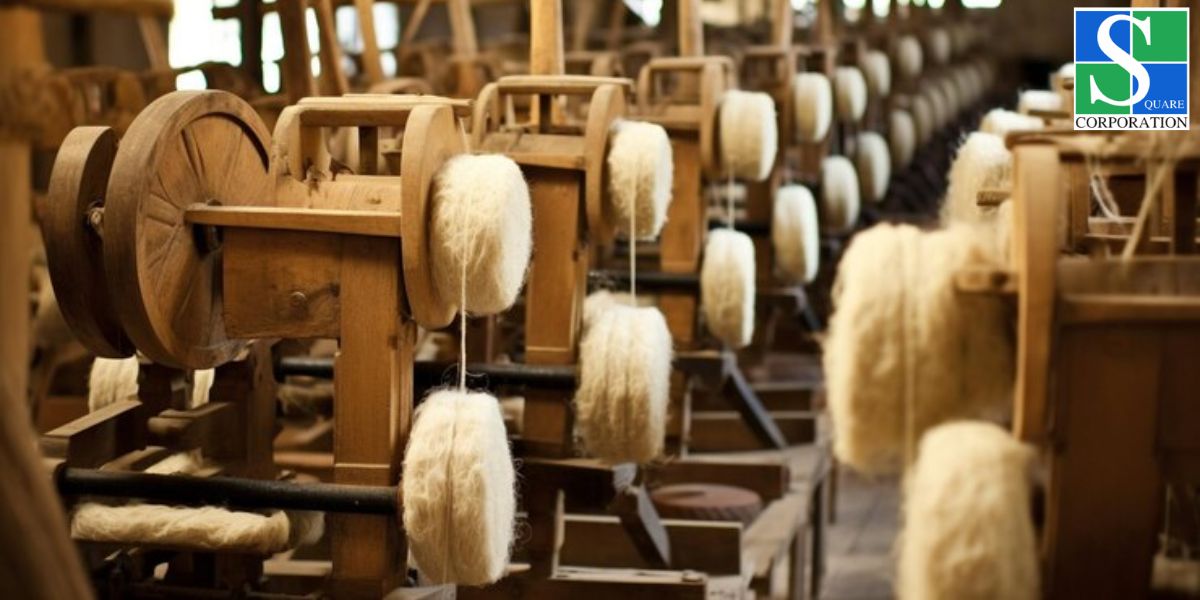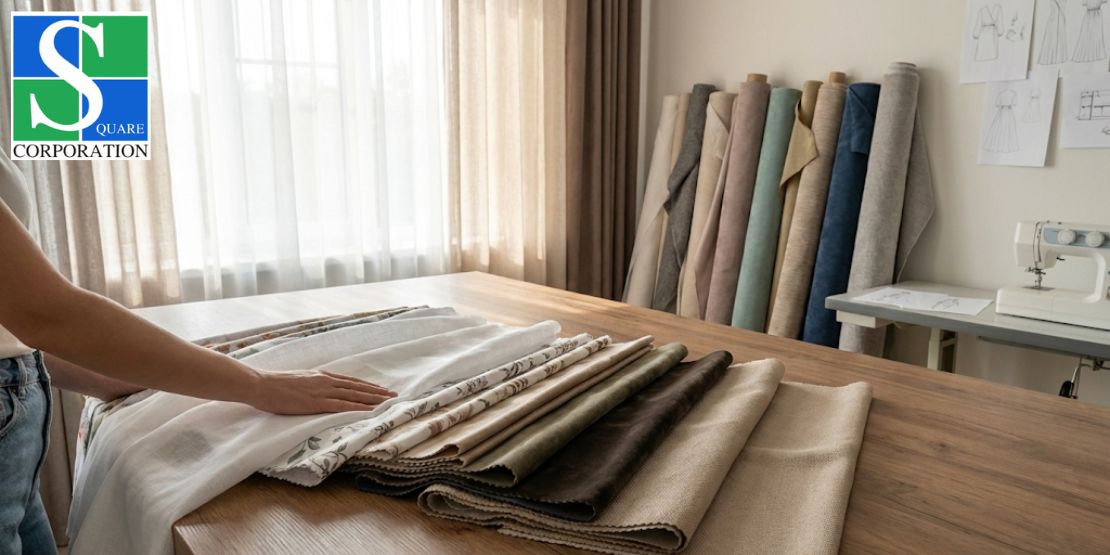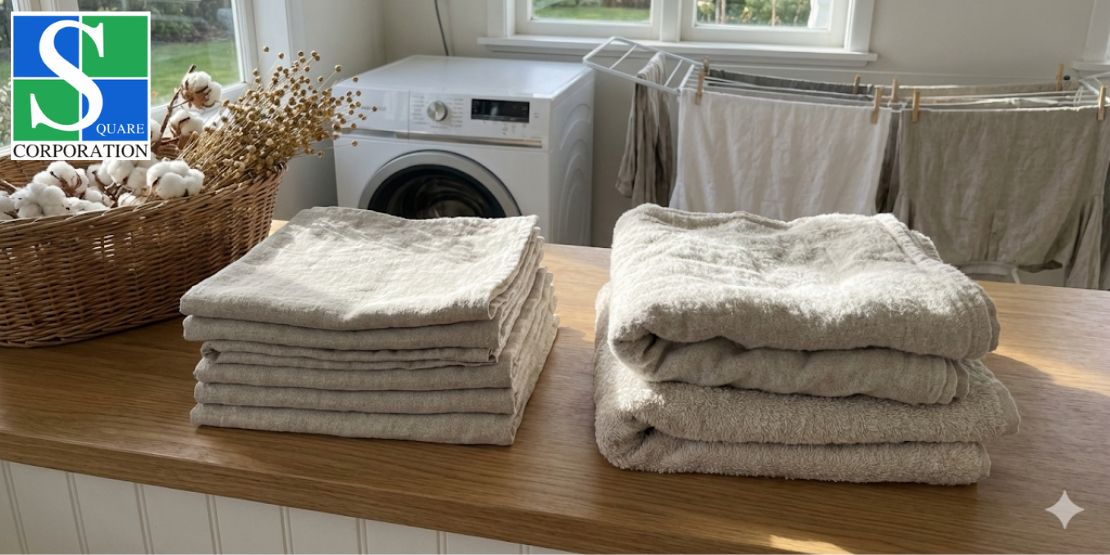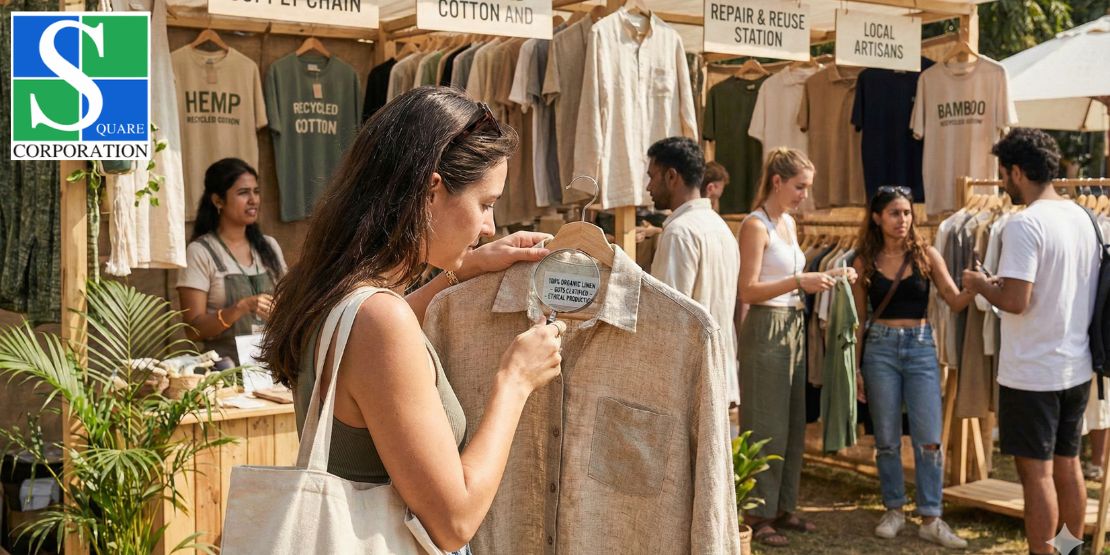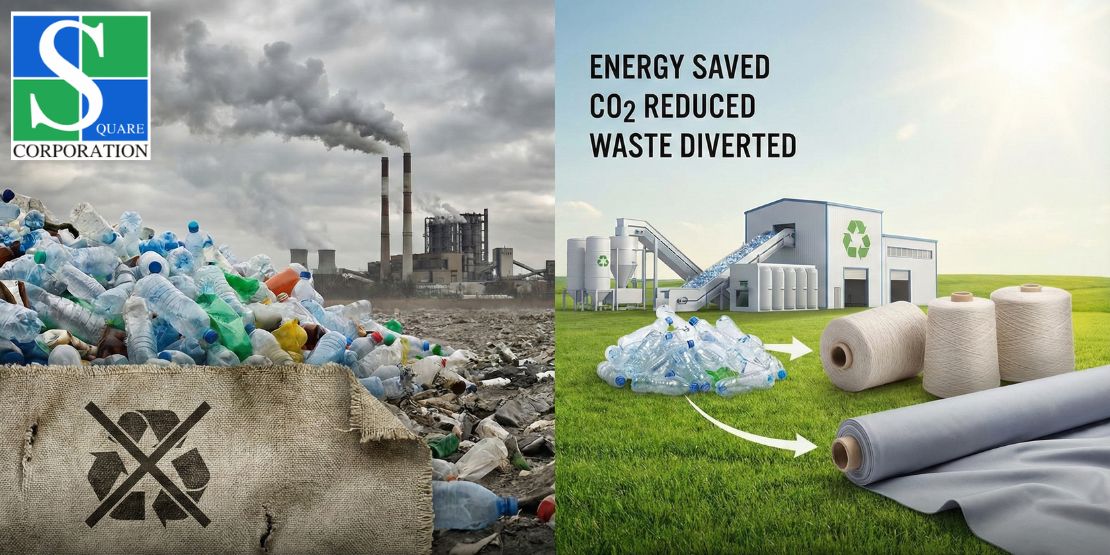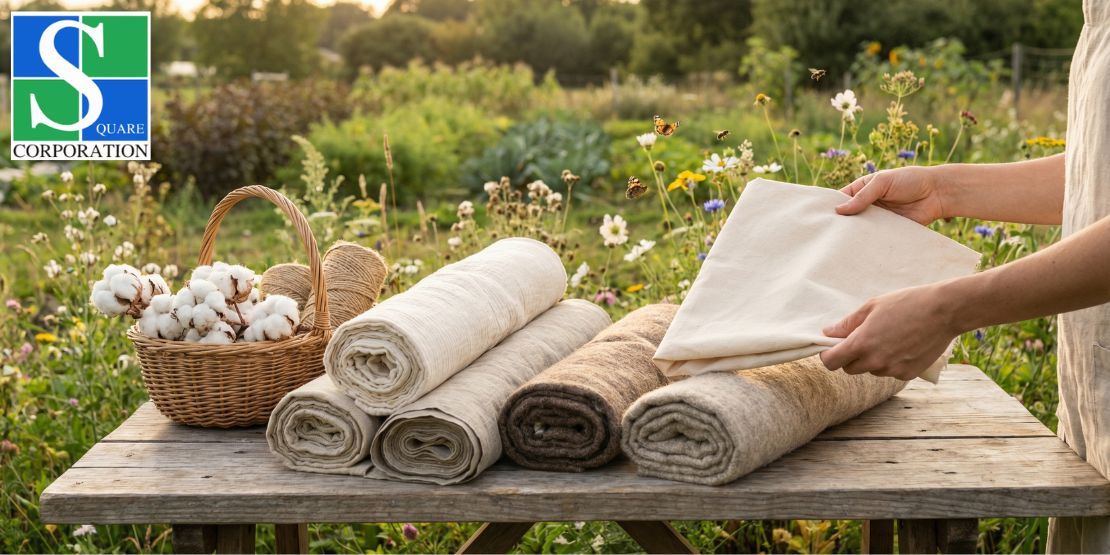15 December, 2025 | by Admin
From Spinning to Stitching: Exploring the Textile Lifecycle
10 May, 2025 | by Admin
Do you ever wonder how a simple thread converts into the fabric that defines our style and decorates our homes? Reliable wholesale fabric suppliers in India continuously try to provide the best quality fabric to enhance the effectiveness of the textile manufacturing process. The textile production process passes through an eye-catching journey that involves raw material plucking to innovative fabrication with cutting-edge technology.
Through this blog, we will explore the unique craftsmanship, design artistry, cutting-edge technology, and product sustainability of the textile industry. Let’s discuss the step-by-step process of the textile industry, from spinning to stitching, for fashion enthusiasts and regular readers.
A Suitable Way of the Textile Lifecycle from Spinning to Stitching
In this segment, we will discuss the artistic lifecycle of the textile industry, from Spinning to Stitching in a compact form.
Fiber harvesting for raw material
Fiber is the raw material for textile industry. Raw materials can be natural or synthetic fiber. When the textile industry uses natural fibers for yarn manufacturing, they focus on the use of cotton, wool, silk, and flax. On the other hand, they can choose polyester, acrylic, and nylon fiber for synthetic yarn manufacturing. The source and the quality of the fiber have a significant influence on the garments’ strength, texture, and sustainability.
Convert the raw fibers into yarn
When garment manufacturers combine raw fibers into yarn, this step is similar to spinning. It is the heart of garment manufacturing. Yarn manufacturers use various methods to convert raw fibers into thread or yarn.
Spinning can be machine-based or traditional form. It depends on the textile production process. The thickness, yarn composition, and tightness are vital to creating top-quality fabric for garment manufacturing. From lightweight silk material to high-quality jeans, yarn is the primary factor of garment manufacturing.
Creation of fabric through knitting
When the manufacturer converts the yarn into fabric, this step is known as knitting. Reliable garment manufacturers use the latest-formed spinning mill in Gujarat for spinning and knitting purposes. It is vital for making sustainable fabric for the garment manufacturing process. Knitting has many unique steps that manufacturers use for fabric production purposes.
Print the yarn- Dyeing
After fabric creation, it is time to give color to the fabric. Printing or dyeing includes several steps to make the fabric colorful. Dyeing involves converting fabrics in dye baths to get uniform hues, while printing gives particular color and design patterns to the fabric.
In this process, some manufacturers use digital printing techniques to meet market demand. If the fabric manufacturers prefer to follow environmentally friendly printing methods, they go for waterless dying and natural dyeing processes.
Development of fabric quality
When the fabric is ready for garment manufacturing, manufacturers use sustainable finishing processes to enhance the fabric quality.
- Waterproofing or flame resistance techniques add unique functionality and durability to the fabric.
- The softening process enhances the fabric texture
- The stretching process is essential to give the final shape to the fabric.
Stitching is vital for final garment manufacturing
It is the final step of the textile lifecycle, where the garment manufacturing industry cuts the fabric into different design patterns and sticks them to form clothing or garment accessories. In this step, garment manufacturers use skilled technicians and cutting-edge technology and follow the quality to make sustainable garments. Garment manufacturers can use automated cutting machines or robotic sewing machines to enhance the production process.
Conclusion
As we focus on the production lifecycle of the textile industry, it has become clear that manufacturers always focus on a sustainable production process that must be less harmful to the environment. With the use of the latest technology, the textile industry can easily reduce the environmental impact and support eco-friendly practices. You can contact Square Corporation to get the best quality yarn, which is vital to maintaining a sustainable production process for the textile industry.
Related Posts
10 December, 2025 | by Admin
Why Some Plant Fibers Get Softer with Every Wash...
05 December, 2025 | by Admin

